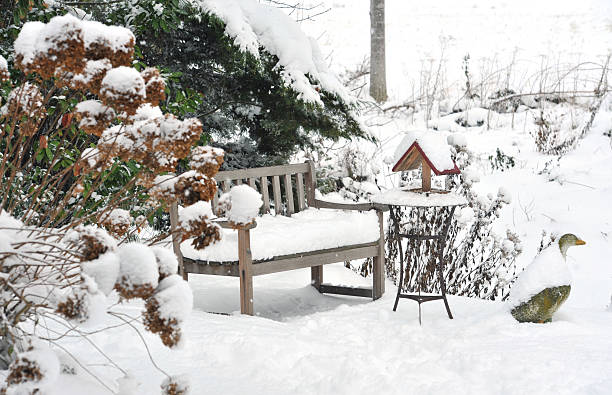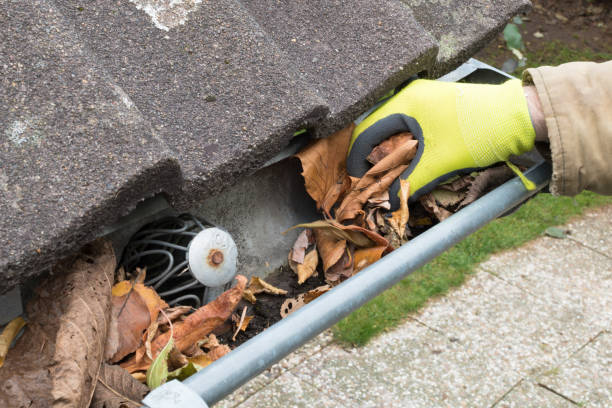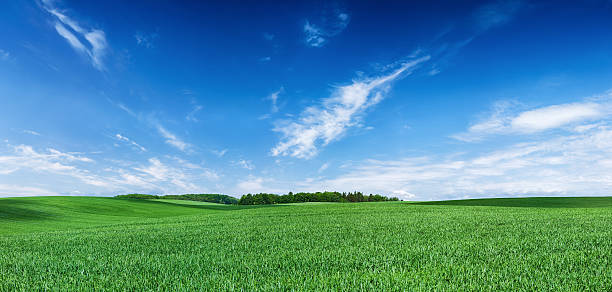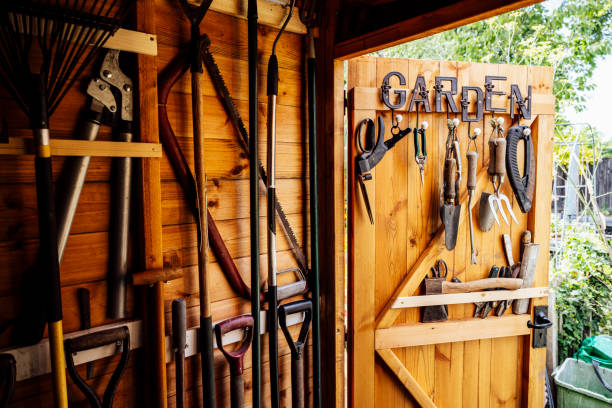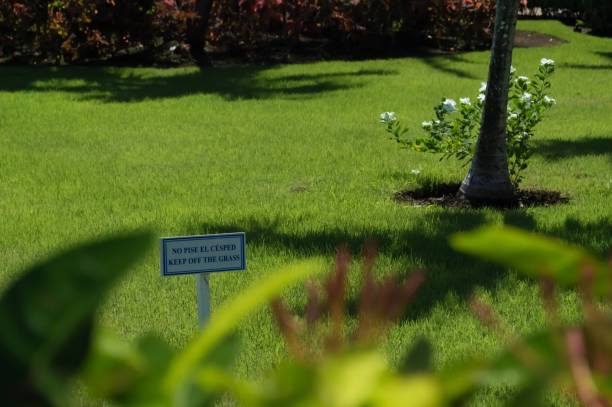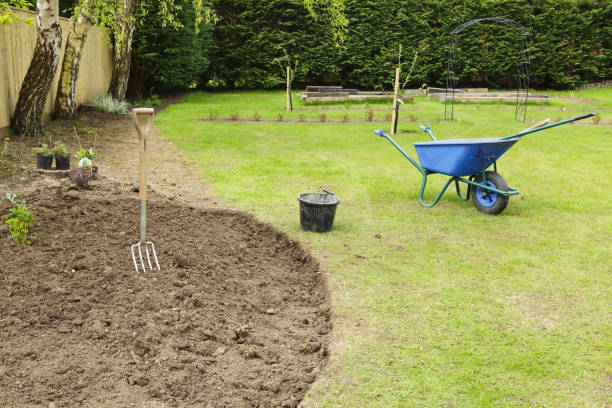How to Prepare Your Yard for Winter
This post contains affiliate links. This means I will make a commission at no extra cost to you should you click through and make a purchase. Read the full disclosure here.Winter is on the horizon, and it’s essential to prepare your yard for the upcoming colder months. Taking the necessary steps now will ensure that your outdoor space remains healthy and vibrant, ready to flourish when spring arrives. In this article, we will guide you through the process of winterizing your yard, covering everything from clearing leaves and debris to protecting sensitive plants. Let’s dive in and discover how to prepare your yard for winter.
Introduction
As the days grow shorter and the temperature drops, it’s time to give your yard some extra care. Winter can be harsh on plants, lawns, and outdoor structures, but with proper preparation, you can minimize damage and set the stage for a successful spring awakening.
Clearing Leaves and Debris
Before winter sets in, it’s crucial to clear your yard of fallen leaves and debris. This step helps prevent the buildup of moisture and provides a clean slate for your yard to rest during the winter months.
Mowing and Trimming
Giving your lawn a final mow and trimming any overgrown bushes or shrubs before winter arrives is beneficial. This prevents snow mold and keeps your yard looking tidy throughout the cold season.
Aeration and Overseeding
Fall is an excellent time to aerate your lawn and overseed any thin or patchy areas. Aeration improves soil drainage and allows nutrients to reach the grass’s roots, promoting a healthier lawn in the long run.
Fertilizing and Weed Control
Applying a winter fertilizer with a slow-release formula helps nourish the grass roots during the dormant period. Additionally, removing any lingering weeds will prevent them from competing with your lawn come springtime.
Pruning Plants and Trees
Proper pruning helps maintain the health and shape of your plants and trees. Remove any dead or damaged branches to prevent them from falling during winter storms. Pruning also allows more sunlight to reach the center of the plants, reducing the risk of disease.
Winterizing the Irrigation System
To avoid frozen pipes and costly repairs, it’s crucial to winterize your irrigation system. Drain all water from the system and insulate exposed pipes to prevent freezing and bursting.
Protecting Sensitive Plants
If you have delicate plants that are susceptible to freezing temperatures, consider protecting them with frost blankets or moving them indoors. This will ensure their survival and keep them healthy until spring.
Applying Mulch
Applying a layer of mulch around plants, shrubs, and trees provides insulation and helps retain moisture in the soil. Mulching also prevents weed growth and protects the root systems from freezing.
Cleaning and Storing Garden Tools
Properly cleaning and storing your garden tools during winter is essential for their longevity. Remove dirt and debris, oil the metal parts to prevent rust, and store them in a dry location.
Preparing Outdoor Furniture
Protecting your outdoor furniture from harsh winter elements will extend its lifespan. Clean the furniture thoroughly, apply a protective coating, and store it in a covered area or use waterproof covers.
Insulating Pipes and Faucets
Insulating exterior pipes and faucets will prevent them from freezing and bursting. Use insulation sleeves or wrap them with towels or blankets, ensuring all vulnerable areas are well covered.
Closing the Pool
If you have a pool, it’s vital to close it properly before winter. Lower the water level, clean and cover the pool, and address any necessary maintenance tasks to prevent damage caused by freezing water.
Addressing Drainage Issues
Winter brings an increased risk of water accumulation and poor drainage. Take the time to address any drainage issues in your yard, ensuring that water flows away from your home and the yard stays dry.
Final Thoughts
Preparing your yard for winter is an essential task that sets the stage for a successful spring and ensures the longevity of your outdoor space. By following the steps outlined in this article, you can protect your plants, lawn, and outdoor structures from the harsh winter conditions. Remember to clear leaves and debris, mow and trim, fertilize and control weeds, protect sensitive plants, and address any necessary maintenance tasks. With proper winterization, your yard will be ready to flourish when warmer days return.
FAQs
When is the best time to prepare my yard for winter?
It’s best to start preparing your yard for winter in the late fall, before the first frost sets in.
Should I remove all leaves from my yard?
Clearing fallen leaves is essential to prevent moisture buildup and potential damage to your lawn.
Can I leave my outdoor furniture outside during winter?
It’s recommended to protect your outdoor furniture by either storing it in a covered area or using waterproof covers.
How often should I water my plants during winter?
The watering frequency depends on the type of plants you have. Monitor the moisture levels and adjust accordingly.
Can I still prune my plants during winter?
It’s generally best to prune plants before winter, but if necessary, you can remove dead or damaged branches during the dormant period.

